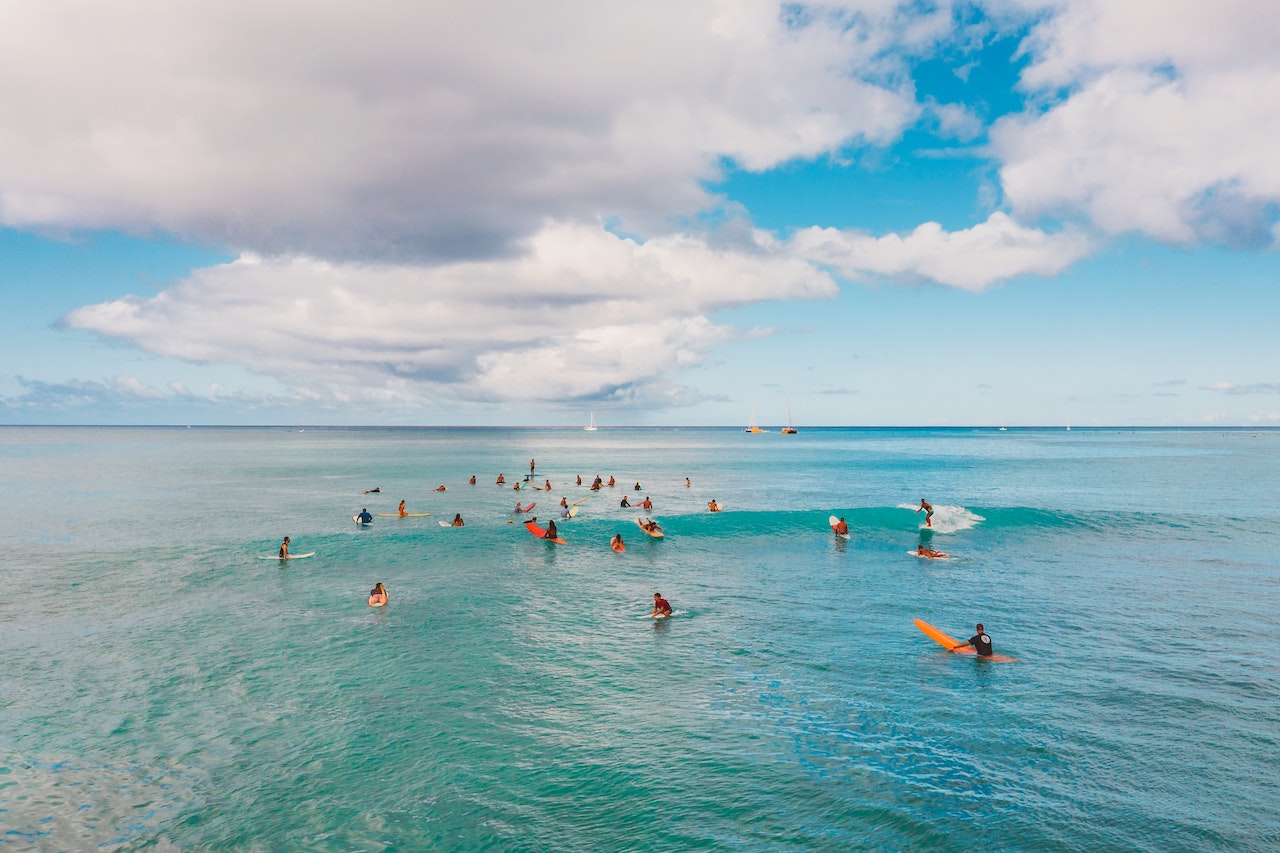
Paddleboarding popularity has boomed over the last few years and whilst many of these new paddle boarders will likely turn out to be summer-only paddlers, there may be a brave few who will get the paddle boarding bug and quickly begin taking their paddle board out in all types of terrain and temperatures.
When you start taking your paddle board out in the winter, when it can be much colder, your summer board shorts and tshirt aren’t going to cut it. The average temperature of sea water in the British Isles in the UK typically ranges between 6-10 degrees celsius which in case you didn’t know, is very cold.
Cold water shock
One of the greatest risks of SUP and indeed any open water activity during the winter is cold water shock. It is a response to being suddenly immersed in cold water and causes uncontrollable reactions such as movement and gasping. Your impacted breathing rate and heart rate can quickly lead to full submersion and eventually drowning. In order to prevent this when you are out on your SUP during colder climates, it is imperative that you wear protective gear.
SUP wetsuits
As a rule of thumb, wetsuits do not prevent you from getting wet, however they will help you to keep warm. To simplify the science behind SUP wetsuits and all other wetsuits, when you fall in the sea or river or wherever you are paddling, some water is absorbed by the wetsuit. A thin layer of water is then trapped between the neoprene material and will be warmed from your body heat. SUP wetsuits come in a variety of different thicknesses and even have a range of seam styles so you can decide how protected you want to be.
SUP wetsuits come in a variety of styles including long leg and sleeve as well as short leg and sleeve. Longer SUP wetsuits will keep you warmer but you may notice a small restriction in movement, so depending on your preference, you can opt for either.
Drysuit
Drysuits, unlike SUP wetsuits, will keep you completely dry – or at least all of you that is inside the suit. Drysuits have water tight seals around the neck, ankles and wrists. These seals mean that you can wear whatever clothes you fancy underneath, unlike with a wetsuit where you can only fit a swimming costume. For those who really don’t want to get wet a drysuit may be a better option, the only downside is they are usually much more expensive than a SUP wetsuit and they can sometimes restrict your movement.
Whether you decide to go for a SUP wetsuit or a dry suit for your paddle boarding adventures, it is important to remain safe on the water and this includes wearing a buoyancy aid.
